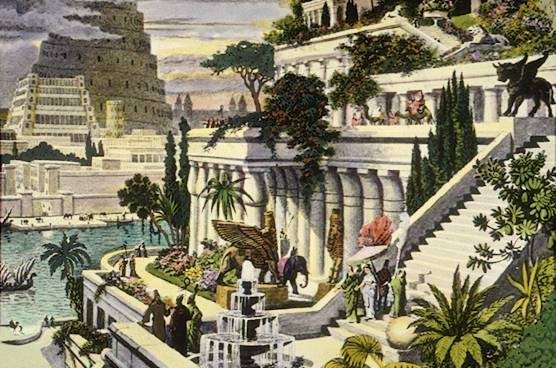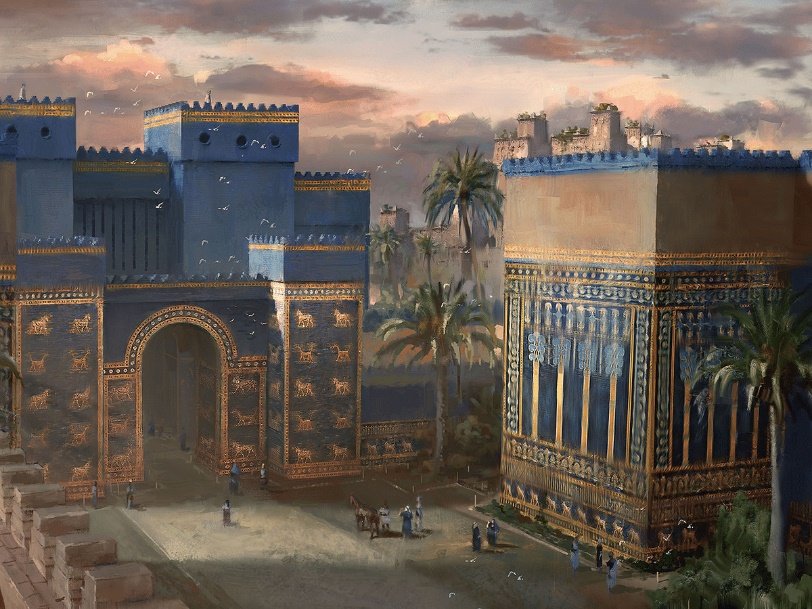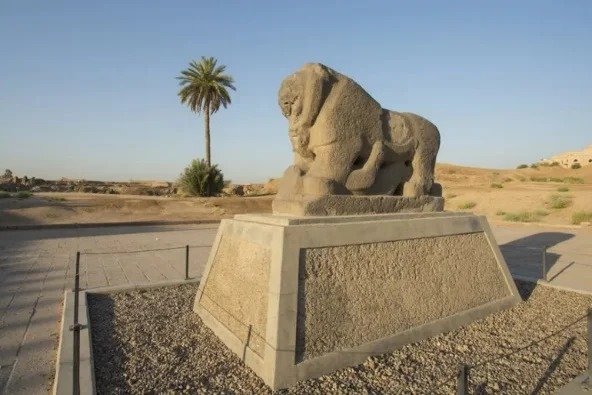Mailing List
Sign up for our mailing list to get latest updates and offers.
The Ancient Babylonian Monuments
Have you ever thought about where the most ancient civilization discovered is located? Aren’t you curious about who and where the idea of laws originated from? Ever thought how these ancient people lived? What they created with their limited technology? Look no further than Babil, a Governate in Iraq, located to the south of its capital, Baghdad.
Iraq’s Babylon was listed as World Heritage Site by UNESCO in July, 2019.
First, we have The Hanging Gardens of Babylon, which were one of the Seven Wonders of the Ancient World listed by Hellenic culture. They were described as a remarkable feat of engineering with an ascending series of tiered gardens containing a wide variety of trees, shrubs, and vines, resembling a large green mountain constructed of mud bricks. It was said to have been built in the ancient city of Babylon, near present-day Hillah, Babil. The Hanging Gardens' name is derived from a Greek word meaning "overhanging" which has a broader meaning than the modern English word "hanging" and refers to trees being planted on a raised structure such as a terrace. According to one legend, the Hanging Gardens were built alongside a grand palace known as The Marvel of Mankind, by the Neo-Babylonian King Nebuchadnezzar II (who ruled between 605 and 562 BC), for his Median wife, Queen Amytis, because she missed the green hills and valleys of her homeland.

The Ishtar Gate was constructed c. 569 BC by order of King Nebuchadnezzar II on the north side of the city. It was part of a grand walled processional way leading into the city. The original structure was a double gate with a smaller frontal gate and a larger and more grandiose secondary posterior section. The walls were finished in glazed bricks mostly in blue, meant to represent lapis lazuli, that was revered in antiquity due to its vibrancy. with animals and deities (also made up of colored bricks) in low relief at intervals. The gate was 50 feet (15 meters) high, and the original foundations extended another 45 feet (14 meters) underground. The King ordered the construction of the gate and dedicated it to the Babylonian
goddess Ishtar.

And surely we can’t forget about The Lion of Babylon, which is a great symbol of the resiliency of ancient and modern Iraq. The Lion of Babylon, an over 3600-year-old black basalt statue of a lion trampling a man, is among the most celebrated archaeological artifacts in Iraq. Associated with the Goddess Ishtar, its back has marks indicating a saddle upon which the goddess Ishtar would sit was part of the original composition. The Lion is one of the prominent monuments in Babylon, measuring 2.6 meters long and 11.95 meters in height. Visitors can now enjoy the site, with the Lion of Babylon surveying the remains of the ancient city, the mighty Euphrates River at its
back

Babylon was the seat of power of King Hammurabi, whose code of laws is considered one of the most important surviving legal texts from the Ancient Near East. Surviving on clay tablets and large stone stelae, Hammurabi’s code was the first written collection of Mesopotamian laws to be discovered by archaeologists. The prologue to the code describes Hammurabi as chosen by the gods to administer justice to his people.
